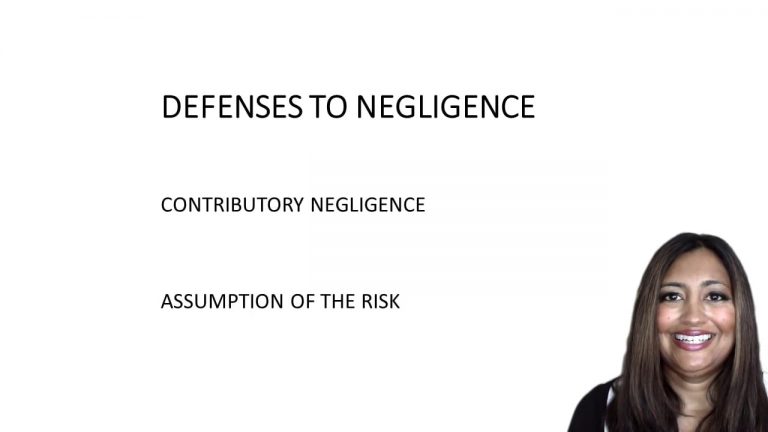Confirm favorite deletion?
Torts Keyed to Epstein
Baltimore and Ohio R.R. v. Goodman

ProfessorMelissa A. Hale
CaseCast™ – "What you need to know"
Facts
Plaintiff was driving his automobile truck and was killed by a train operated by Defendant running at a rate of speed not less than sixty miles per hour. Plaintiff’s estate argued that he had no practical view beyond a section house until he was about twenty feet from the rail, or twelve feet from danger. Defendant’s engine was obscured by said section house. Plaintiff had been driving at ten or twelve miles per hour, but slowed down to five or six miles per hour as he neared the crossing. The railroad line was straight, it was daylight, and Plaintiff was familiar with the crossing. Plaintiff brought suit against Defendant. Defendant argued that Plaintiff’s own negligence caused his death. Defendant requested a directed verdict, however it was denied. The jury found for the Plaintiff. This decision was affirmed by the Circuit Court of Appeals. Defendant appealed.
Only StudyBuddy Pro offers the complete Case Brief Anatomy*
Access the most important case brief elements for optimal case understanding.
*Case Brief Anatomy includes: Brief Prologue, Complete Case Brief, Brief Epilogue
- The Brief Prologue provides necessary case brief introductory information and includes:
Topic:
Identifies the topic of law and where this case fits within your course outline.Parties:
Identifies the cast of characters involved in the case.Procedural Posture & History:
Shares the case history with how lower courts have ruled on the matter.Case Key Terms, Acts, Doctrines, etc.:
A case specific Legal Term Dictionary.Case Doctrines, Acts, Statutes, Amendments and Treatises:
Identifies and Defines Legal Authority used in this case.
- The Case Brief is the complete case summarized and authored in the traditional Law School I.R.A.C. format. The Pro case brief includes:
Brief Facts:
A Synopsis of the Facts of the case.Rule of Law:
Identifies the Legal Principle the Court used in deciding the case.Facts:
What are the factual circumstances that gave rise to the civil or criminal case? What is the relationship of the Parties that are involved in the case.Issue(s):
Lists the Questions of Law that are raised by the Facts of the case.Holding:
Shares the Court's answer to the legal questions raised in the issue.Concurring / Dissenting Opinions:
Includes valuable concurring or dissenting opinions and their key points.Reasoning and Analysis:
Identifies the chain of argument(s) which led the judges to rule as they did.
- The Brief Prologue closes the case brief with important forward-looking discussion and includes:
Policy:
Identifies the Policy if any that has been established by the case.Court Direction:
Shares where the Court went from here for this case.
Topic Resources

 2m 18s
2m 18s